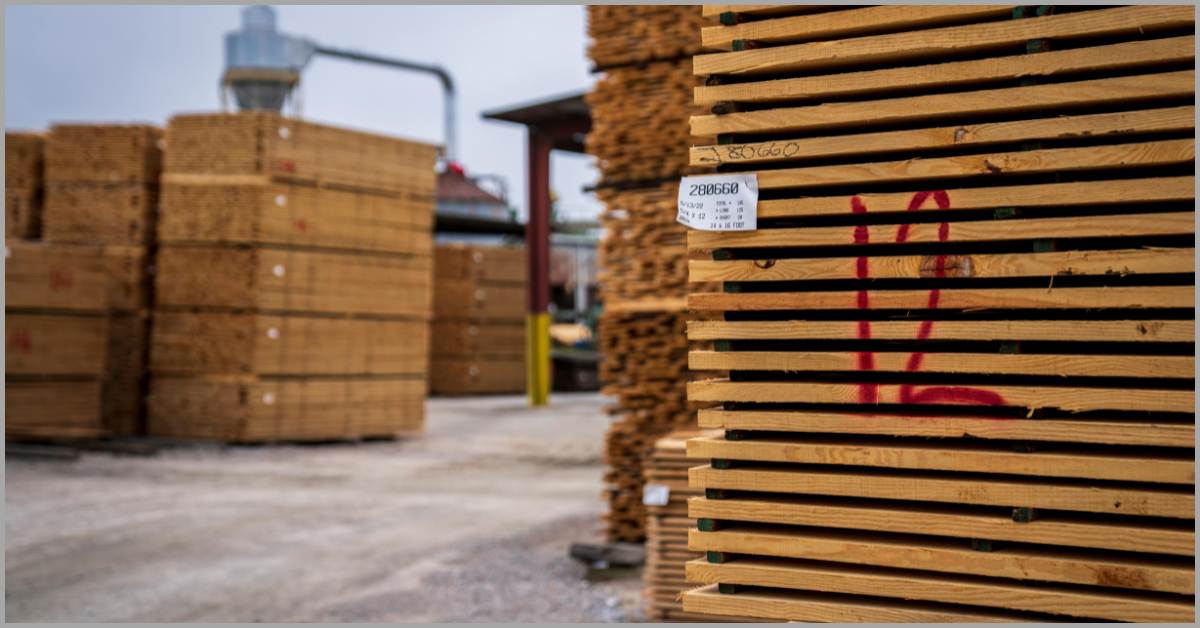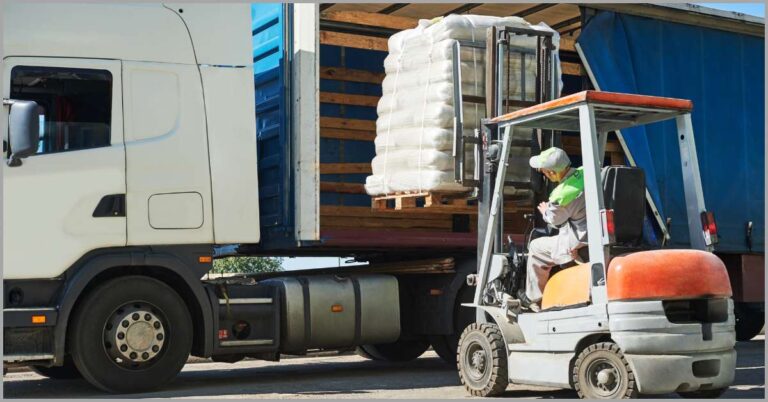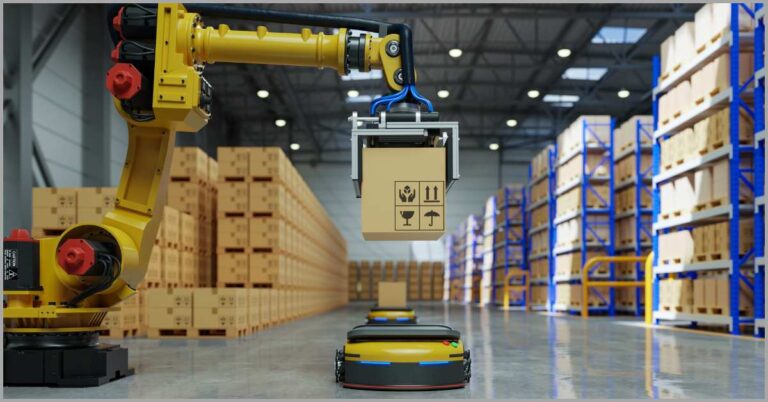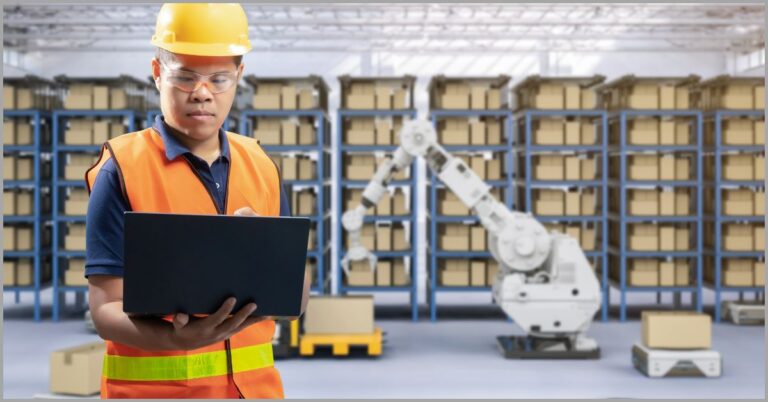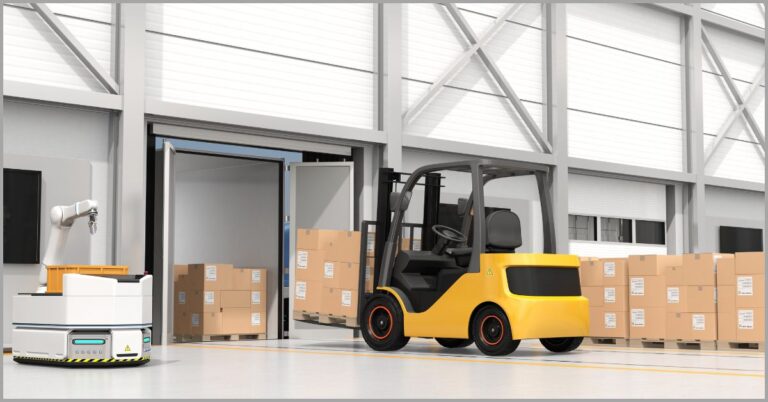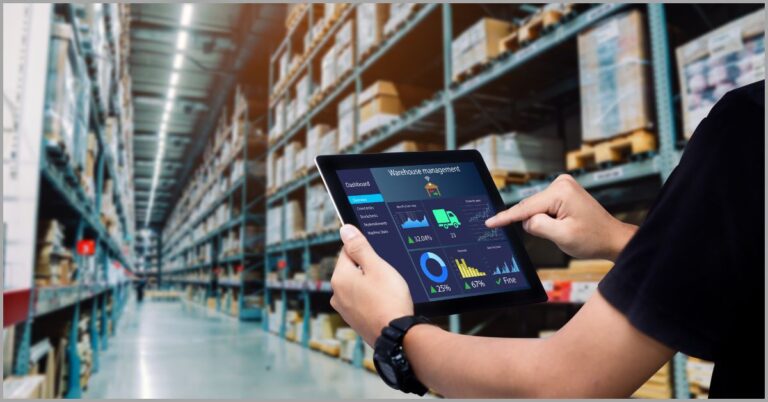7 Yard Management Tips to Streamline Operations and Cut Costs in 2025
Keen to grow your yard’s profit margins?
Then you need to improve dock and yard management processes for your business.
When inefficiencies go unaddressed, they can result in massive resource wastages that negatively impact supply chain performances and your profitability.
A Statista survey revealed that 66% of third-party logistics providers are grappling with high operational costs. This is greatly limiting their revenue potential.
If you’d like to solve the problem of runaway logistics expenses for your business, I’ve compiled some important yard management tips. These can help you solve process inefficiencies to lower labor and other resource wastages.
You’ll also discover some crucial pointers to help you make the most out of your equipment, trucks, trailers and docks to reduce idling and maximize profit margins.
If you’d like to learn about vital logistics trends for improving efficiency, check out this article I wrote about key transloading statistics experts are excited about.
In this article, we’ll discuss important yard management tips to streamline operations and cut costs in 2025 to help your business become more productive and profitable.
Let’s get started.
1. Digitize your documents
Is your transloading yard drowning in paperwork?
From bills of lading and transloading agreements to freight invoices and packing lists, it’s quite easy for the paperwork to pile up in your transloading yard. This can create the risk of lost forms, incorrect entries and even data duplication.
Worse yet, a paper-based workflow attracts huge storage, printing and scanning expenses, which significantly undermine your yard’s profit margins.
A Vector survey discovered that 46% of yard managers rated paperwork as the biggest challenge they face. It ranks as the number number painpoint, well ahead of other issues like excess dwell time & manual appointment scheduling.
If you can cut paper out of your processes, you can achieve huge cost-savings.
By digitizing your records, you’ll also give your staff faster access to information about inventory data, check-in/out logs and trailer locations to increase efficiency.
That said, you need a great transload yard management software to help digitize your workflow. These tools offer document templates for bills of lading and other shipping documents, enabling you to go paperless.
So start your free transloads.co trial today to get a proven transloading yard management software to help reduce operational expenses.
With our software, you can digitize & stored records in the cloud, giving field workers remote access to critical information they need to perform their job more efficiently.
2. Optimize yard layout
Your transload yard’s layout is very important.
It directly affects the flow of freight, trucks and equipment, among other assets, in your yard, with this very crucial in determining your dock turnaround time and ultimately your throughput and also revenue as well.
When your yard is poorly set up, you may notice bottlenecks which increase yard congestion and also lead to the inefficient utilization of inventory space.
In fact, a Statista survey found out that 36% of distribution centers and warehouses in the US ranked insufficient space for inventory as the biggest challenge they face. When space is limited, so too is your transloading yard’s profit potential.
So how can you optimize the layout of your yard?
First, some yard management tips I recommend include designating clear traffic flow patterns, such as establishing one-way traffic routes to reduce the risk of congestion, and overcome other transload yard challenges such as accidents by improving safety.
It also helps to use painted lines, signage and barriers, to help guide navigation, particularly for new personnel unfamiliar with the layout of your transloading yard.
Moreover, you should consider using transload yard management software solutions to help you out. These may offer real-time trailer and asset tracking, allowing you to monitor the locations of resources, including staff, to prevent misplacements and idling.
3. Leverage barcode scanners
How do you go about inventory processing?
If you still carry it out manually by typing long SKU numbers into your system, then you may be opening your business up to huge efficiency and productivity losses.
When your inventory data capture processes are largely manual, your yard also becomes prone to inventory errors resulting from typos and misread numbers.
A study by Wasp Technologies showed that 30% of businesses still rely on manual processes to update and track their inventories. These entail a mix of pen and paper as well as manually keying data into Excel and databases.
It’s a strategy that’s unideal because it’s labor-intensive and also invites human error.
With barcode scanning technology, you can eliminate manual data entry and the challenges that come with these processes such as typos and other errors.
These tools offer near perfect accuracy, allowing you to create reliable inventory records that accurately reflect stock levels and asset locations to guide decision making.
In fact, when you pair them with the best B2B inventory management systems, barcode scanners can sync with these tools to offer real-time inventory updates. This reduces the risk of inventory-related problems like misplacements, overstocking and stockouts.
In addition, they also enable batch inventory processing, allowing you to scan and process multiple items quickly for improved productivity and faster turnaround.
4. Automate gate operations
Your gate operations also affect efficiency.
When these processes are largely manual, chances are high that gate check-ins and check-outs may take too long to complete. The result is more driver idle time, which leads to lower throughput as well as wasted fuel from long truck idling.
So inefficient gate operations can significantly contribute to driver detention, which attracts the risk of huge fines that further lower profit margins.
Unfortunately, at least 25% of shipping yards rely on manual, paper-based processes to manage gate operations, according to a study by FourKites. It’s partly because of this that they noticed very huge check-in times and freight shipping delays.
But how exactly can you automate gate operations?
Well, I recommend tapping into the latest logistics tech innovations and trends such as QR code-based or RFID-driven entry systems. This entails installing special readers at entry or exit points, which can automatically verify and log vehicle details.
It’s easily one of the top yard management tips to consider because it improves efficiency and also allows drivers to perform self-service check-ins on their own. The result is lower gate labor needs, which decreases the overall wage bill of your yard.
By improving check-ins and check-out processes, you’ll decrease idle times for drivers, ensure the smoother flow of freight and traffic and reduce driver detention risks.
5. Conduct regular audits
How often do you carry out yard audits?
In this list of proven yard management tips, performing regular yard audits is one of the most important ones to keep at the back of your mind. It’s the key to smoother operations and also identifying cost-saving opportunities for your transloading yard.
When you don’t conduct frequent audits, you may fail to uncover congestion points and other inefficiencies that lead to wasted resources for your business.
Unfortunately, 33% of third-party logistics companies struggle with business process improvement, according to a study by Inbound Logistics. These issues may have a lot to do with the lack of regular audits that can help identify workflow issues early enough.
In order to kickstart the process, you should start by defining the audit objective, such as reducing trailer dwell time or optimizing dock scheduling.
Then you should conduct a physical yard walkthrough to inspect docks, staging areas and your transloading warehouse, while using a yard management system to help you collect data efficiently for comparative analysis with historical data.
Speaking of which, start your free transloads.co trial now to get key real-time insights about your yard that can help you identify improvement opportunities.
With our software, you can easily create digital inspection checklists to guide your examination processes and standardize the procedure for better quality control.
6. Embrace cloud technologies
On-premise yard management solutions can be costly.
This is because in case your business and its technology stack grows, you’ll need more hardware and personnel to keep up with this increase. So this can mean a sharp spike in your transload yard’s IT management expenses.
On top of that, using legacy, on-premise yard management solutions can also create alienated systems that hide information and hamper collaboration.
A recent survey by Spiceworks showed that 64% of businesses noticed an increase in their IT management expenses. One huge contributing factor is legacy tools that don’t scale well and cost-efficiently.
This is why embracing cloud technologies is one of the top yard management tips for running a cost-efficient business.
But how can transitioning to cloud solutions help?
Well, cloud-based transload management software, for example, like our very own transloads.co allow you to reduce the IT requirements of your business by outsourcing your storage and hosting, reducing the need to invest in expensive hardware.
Aside from lowering the upfront costs involved in purchasing servers and networking equipment, this also means that there are fewer maintenance costs for you to deal with.
With cloud-based technologies, you can also streamline access to information to improve collaboration for your transload yard. This is in addition to getting a highly scalable solution that can grow seamlessly and cost-effectively with your yard’s needs.
7. Improve dock scheduling
Are your dock scheduling processes efficient?
Loading docks and staging areas are some of the most important assets for your business, allowing you to perform transloading operations, just-in-time shipping and other processes more efficiently.
However, improper dock scheduling can be a recipe for disaster, increasing the risk of scheduling conflicts, loading inefficiencies and long driver wait times.
It’s interesting to note that 25% of logistics businesses have implemented an automated dock scheduling system, according to a study by Extensive. This has made it one of the most popular technologies leveraged by transload yards.
With these tools, you can coordinate with shippers and carriers better to schedule dock appointments more accurately and efficiently.
That said, data is power when it comes to dock scheduling.
This is why I recommend using the best yard management software, which offer AI-driven analytics to help you unearth historical data about yard utilization.
With this information, you can stagger appointments to get around congestion during high-traffic periods. It even becomes possible to assign pickups and deliveries during non-peak hours to further reduce operational bottlenecks for your transloading yard.
You can also assign specific docks based on shipment, which is one of the top yard management tips to consider. This is because it enables your workers to have the right equipment on hand to ensure faster loading and unloading processes overall.
Conclusion
Yard inefficiencies are bad for business.
They may add delays to your operations that make it hard to meet your deadlines.
When you’re unable to meet client timelines for freight, your transloading business may notice lower satisfaction rates that discourage repeat business.
In fact, an Anvyl study discovered 56% of businesses switched supply chain partners in 2023 because of consistent delays. So yard inefficiencies that lead to delays can easily scare away your customers for good.
If you’d like to protect your revenue streams, you should implement the yard management tips we’ve discussed. In particular, consider investing in a great transload yard management system to improve efficiency.
So increase productivity and sign up for your free transloads.co trial to get real-time yard asset tracking to turbocharge your workflow.
With our software, you also get barcode inventory scanning, digital document templates and more to help you streamline operations, cut costs and meet your clients’ deadlines.

